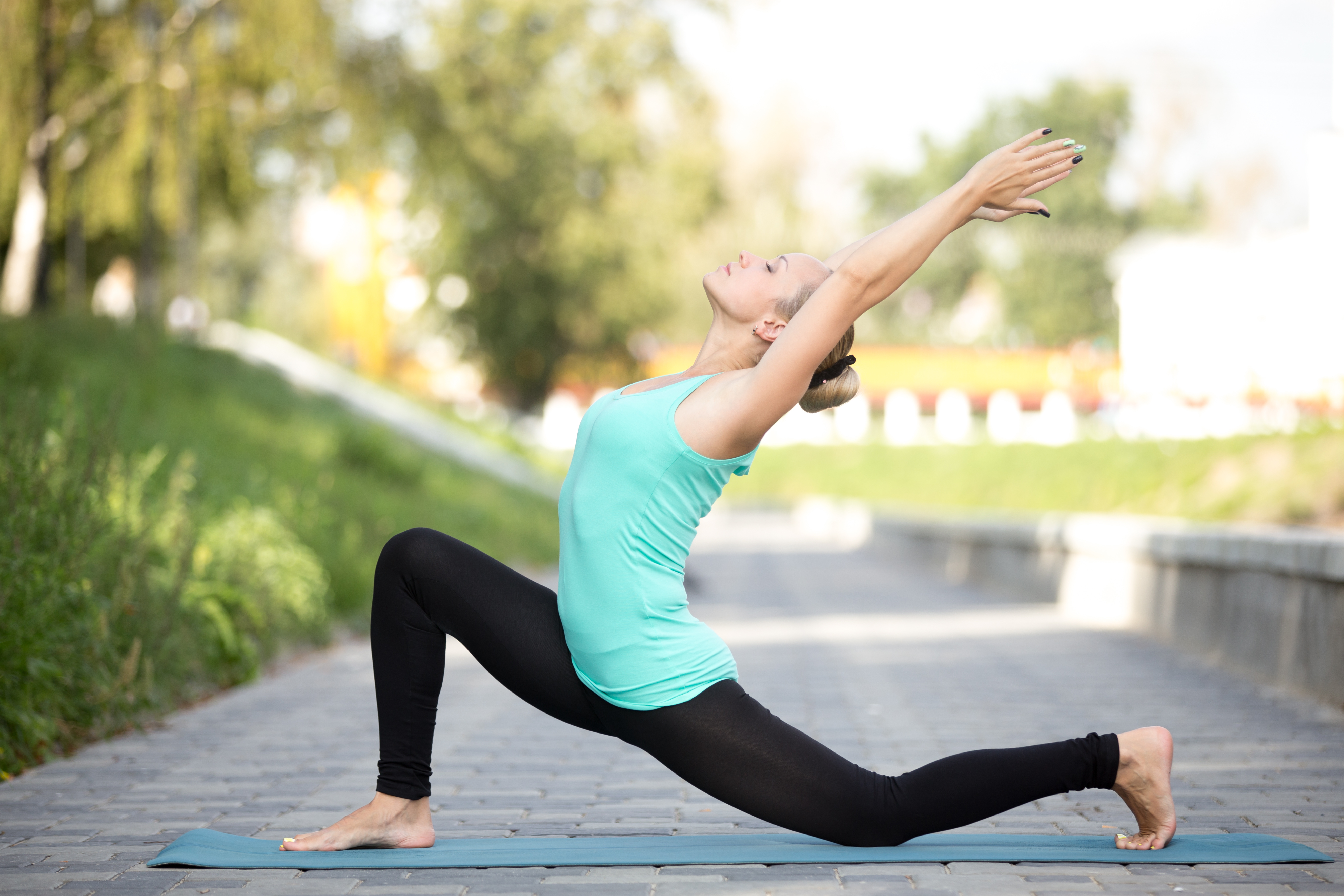Functional exercise for low back pain
Low back problems usually occur for more than one reason. Sometimes low back problems are caused by issues with the hips or legs, sometimes they are caused by issues in the upper back and shoulders. In fact, I would be so bold to say it is unlikely that your low back problem is not at least contributed to by issues above, below or in front of your lumbar spine!
The lumbar spine is an important area for transmitting force between the lower and upper body.
If we do not have good low back mobility and strength it can have a negative effect on our walking pattern and our propulsion when running. In a similar way, if we do not have good flexibility in our hips or our upper back it is more likely that we will experience low back pain.
The other factor that can be related to your low back pain is “core strength” – or lack of it. Having good core strength involves more than just having tight abdominal muscles. Our deep abdominal muscles – the ones we can’t see in the mirror – are essential for providing support and stability in our lumbar spine.
It is important that you are able to maintain lumbar stability while you perform movements with the arms or legs, which is why many low back exercises look like hip or shoulder exercises. Lumbar spine mobility is equally important, and we need to be able to perform controlled low back movements rather than keeping it completely braced.
In the video below, one of our Osteopaths is demonstrating how to improve your low back function by using the legs. The pelvic bridge is a nice way to develop hip strength, and there are many variations we can use to focus on improving your low back strength and stability. The focus of these variations is to maintain control of the low back while demanding movement through the hips.



Low back pain is typically a multifactorial problem. This means that both biomechanical and neurological factors can play a role, and the current scientific research suggests that the best back pain outcomes result from addressing both.
At Melbourne Osteohealth we will always tailor your management plan to meet your individual needs. We will often use a combination of hands on techniques and functional rehabilitation, as well as addressing any lifestyle or ergonomic issues that are relevant. Advice on how to quieten over-sensitive nerves is also provided when necessary, as well as exercises designed to decrease nerve-generated symptoms.
Want to know more?
You can learn more about the MOH approach to low back pain and improving back function by checking out blogs in the MOH Low Back series;
- Functional Osteopathic assessment of the Low Back
- Osteopathic treatment for low back pain
- Pilates for Low Back strength & stability
- Dead lifting for Lumbopelvic strength & control
- Myotherapy for low back pain
For more information, ideas and exercises check out our Health Tips blog.
